Michael Jackson videography, often hailed as the King of Pop, revolutionized the music video industry with his pioneering contributions that transformed music videos from mere promotional tools into a powerful medium of artistic expression. His journey in the music industry began at the tender age of five with The Jackson 5, a group he formed with his brothers. This early exposure to the limelight laid the foundation for what would become a legendary solo career. In 1971, even while still a member of The Jackson 5, Jackson embarked on his solo journey, setting the stage for a series of innovations that would redefine the music video genre.
Jackson’s impact on music videos became particularly significant in the early 1980s, a time when the music industry was exploring new ways to market music in a visually appealing format. His knack for storytelling, combined with his unique dance style and charisma, made his music videos more than just a performance; they were short films that captivated millions worldwide. With the release of “Billie Jean,” “Beat It,” and the blockbuster “Thriller,” Jackson did not just sell albums; he sold visual stories that enhanced the musical experience. These videos were characterized by elaborate dance sequences, spectacular special effects, and narratives that matched the songs’ themes, setting new standards for what music videos could achieve.
Moreover, Michael Jackson was instrumental in breaking down racial barriers in the music video industry. His success on MTV, a platform that initially hesitated to feature black artists prominently, paved the way for a more inclusive music media landscape. This was not just a victory for Jackson, but for the entire genre of pop music, influencing the network’s shift from a rock-centric playlist to a more diverse musical mix. Through his videos, Jackson established himself not just as a musical icon but as a cultural force, reshaping the entertainment industry and leaving an indelible mark on the art of music videos.
| Aspect | Details |
|---|---|
| Early Career | Started at age five with The Jackson 5, then embarked on a solo career in 1971 while still a member of the group. |
| Innovation in Music Videos | Pioneered the transformation of music videos into a form of artistic expression with storytelling, unique dance styles, and charisma. |
| Iconic Videos | Released groundbreaking videos like “Billie Jean,” “Beat It,” and “Thriller” that featured elaborate dance sequences and special effects. |
| Cultural Impact | Broke racial barriers on MTV, leading to a more diverse music media landscape and establishing Jackson as a cultural force. |
Contents
Early Career and Innovation
In the late 1970s, as Michael Jackson transitioned from a member of The Jackson 5 to a solo artist, he began to carve a distinct identity that would dominate the world of pop music. His early music videos, particularly for songs like “Don’t Stop ‘Til You Get Enough” and “Rock with You,” served as a prelude to the remarkable innovation he would bring to the music video industry. Released in 1979, the video for “Don’t Stop ‘Til You Get Enough” featured a visually engaging aesthetic, with Jackson singing and dancing in a sequined shirt against a backdrop of glowing stars and laser effects. This use of visual effects was relatively new to music videos and showcased Jackson’s desire to create a mesmerizing experience that extended beyond the music.
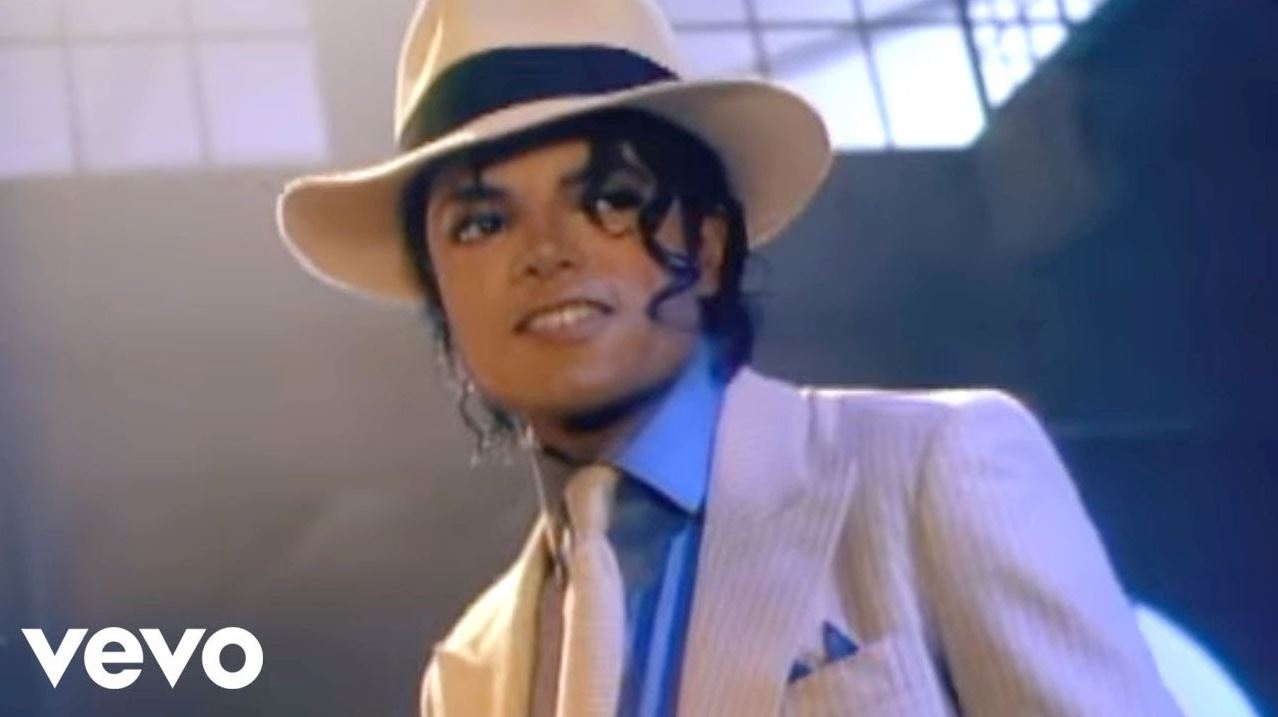
“Rock with You” also highlighted Jackson’s ability to captivate an audience with minimalistic yet powerful visuals. In this video, Jackson, clad in a glittering suit, performed with a single, shimmering backdrop, focusing on his vocals and the smooth, controlled movements that would soon become his trademark. The simplicity of the setting did not detract from the video but rather emphasized Jackson’s charisma and performance skills. These early videos were well-received, setting the stage for the innovative techniques he would employ in subsequent projects. They marked a shift in how music videos were perceived, demonstrating that they could be both an art form and a vital marketing tool for an artist’s musical expression.
| Phase | Details |
|---|---|
| Transition to Solo Artist | In the late 1970s, Michael Jackson began to establish a distinct identity, setting the foundation for his future dominance in pop music. |
| Early Music Videos | Released “Don’t Stop ‘Til You Get Enough” and “Rock with You” in 1979, showcasing innovative visual effects and a focus on performance. |
| Innovative Techniques | Introduced visually engaging aesthetics with glowing stars, laser effects, and a shimmering backdrop, emphasizing Jackson’s performance skills. |
| Impact on Music Videos | Demonstrated that music videos could be an art form and a vital marketing tool, influencing the perception and execution of music videos in the industry. |
Breakthrough and MTV Era
The early 1980s marked a pivotal turn in Michael Jackson’s career, coinciding with the rise of MTV, a platform that became synonymous with music videos. Jackson’s contributions during this era were instrumental in shaping the network’s identity and its impact on the music industry. His music videos for “Billie Jean,” “Beat It,” and especially “Thriller” are not just iconic in terms of their choreography and storytelling but also in how they transformed the music video from a promotional tool into an art form.
“Billie Jean,” released in 1983, was a groundbreaking video for its time, utilizing a complex lighting system that lit up the tiles beneath Jackson’s feet as he danced. This visual trick not only enhanced the song’s rhythmic and mysterious tone but also symbolized Jackson’s ability to leave a lasting impression on pop culture. More importantly, it was one of the first videos by a black artist to be played in heavy rotation on MTV, breaking down racial barriers within the music industry.
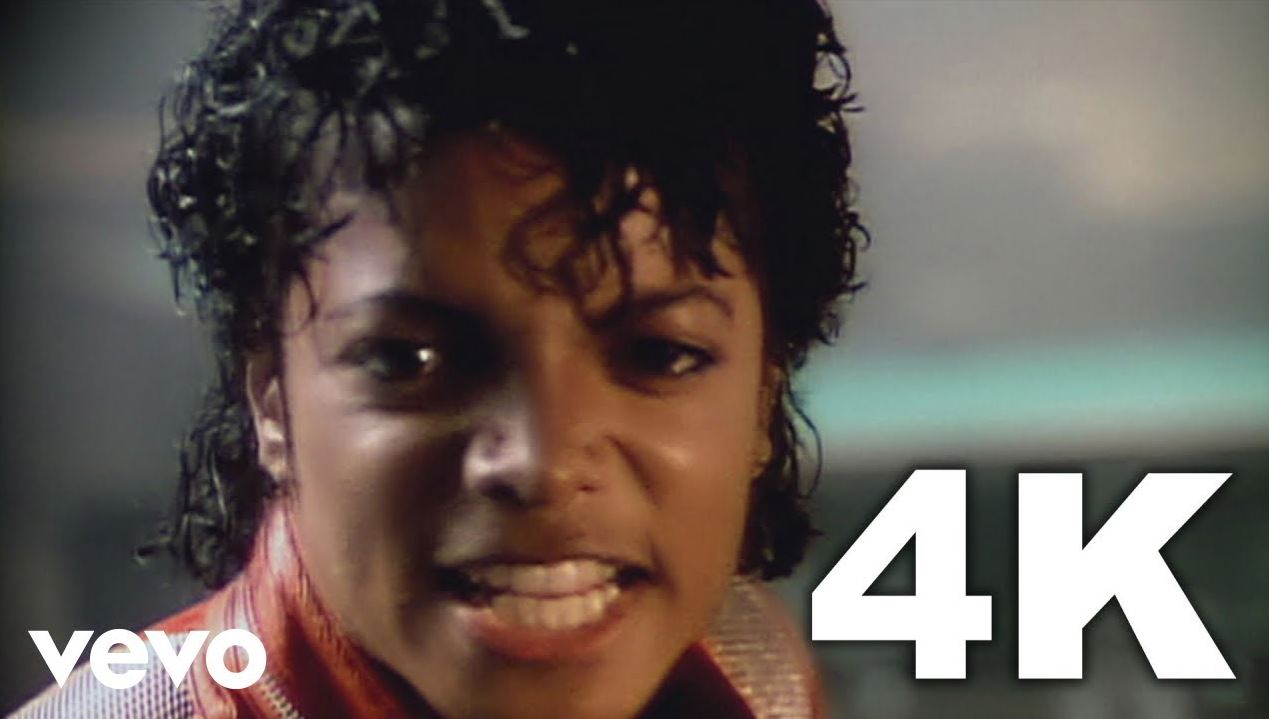
“Beat It,” another significant video from 1983, told a story of gang conflict and resolution through dance rather than violence. The video featured real gang members alongside 80 dancers trained by Jackson, blending raw authenticity with choreographed precision. This approach not only emphasized the song’s message of non-violence but also showcased Jackson’s knack for cinematic storytelling and his ability to translate complex narratives into engaging visual performances.
However, it was the release of “Thriller” later that year that truly revolutionized the music video industry. Directed by John Landis and featuring a script complete with a horror-themed narrative and elaborate dance routines, “Thriller” was more than a music video; it was a 14-minute cinematic masterpiece. Its broadcast on MTV was an event in itself, drawing massive viewership and increasing the channel’s popularity. The video made such an impact that it helped propel the album “Thriller” to become the best-selling album of all time. Moreover, its repeated airing on MTV helped shift the channel’s focus from exclusively rock music to a more inclusive array of musical genres, paving the way for future artists of various musical styles.
The success of these videos on MTV not only underscored Michael Jackson’s creative genius but also highlighted his understanding of the synergy between music and visual media. His work during this era did not just entertain but also altered the landscape of music video production by setting a higher standard for creativity and production values. Jackson’s videos became benchmarks for artists, inspiring an era where music videos became as pivotal to an artist’s success as the music itself.
| Video | Details | Impact |
|---|---|---|
| Billie Jean (1983) | Featured innovative lighting effects that highlighted rhythmic movements. It was a visual innovation that matched the song’s tone. | One of the first videos by a black artist in heavy rotation on MTV, breaking racial barriers in the music industry. |
| Beat It (1983) | Addressed gang violence using dance and featured real gang members, blending authenticity with choreographed sequences. | Showcased Jackson’s knack for storytelling and emphasized non-violence, influencing music video narratives. |
| Thriller (1983) | A 14-minute video with a horror-themed narrative and elaborate dance routines, directed by John Landis. | Revolutionized music video production, turning music videos into cinematic events, and influenced MTV’s programming to include diverse musical genres. |
Pioneering Techniques and Iconic Videos
Michael Jackson’s music videos from the 1980s showcased a fusion of innovative technology and storytelling that redefined the potential of the music video medium. His ability to blend cinematic narratives with groundbreaking special effects set new standards in the industry, making each video a cultural event.
One of the most iconic moments in music video history is the anti-gravity lean featured in “Smooth Criminal.” This video, part of the larger anthology film Moonwalker, was a testament to Jackson’s commitment to innovation. The anti-gravity lean, where Jackson and his dancers lean forward at a 45-degree angle, seemingly defying physics, was achieved through a clever combination of specially designed footwear and mechanical devices embedded within the floor. This effect not only captivated audiences but also demonstrated how Jackson pushed the boundaries of what could be achieved in music videos.
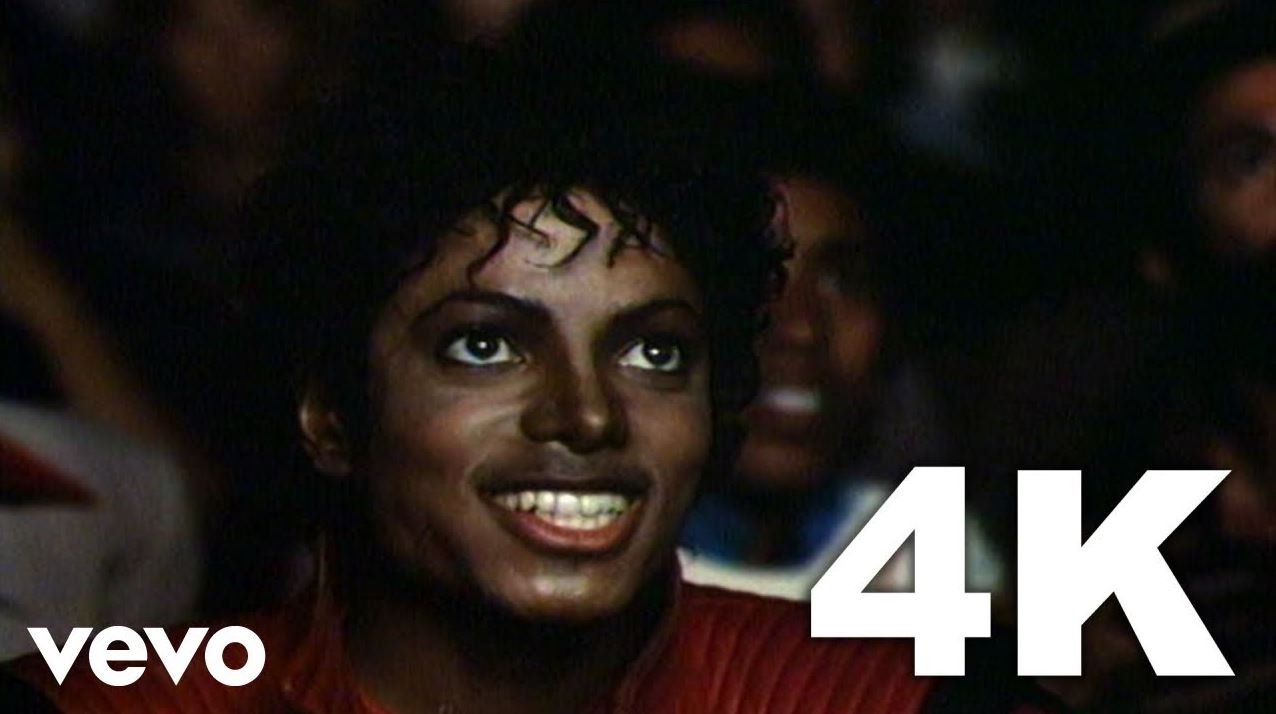
Directed by acclaimed filmmaker Martin Scorsese, “Bad” was more than just a music video; it was a short film that used the streets of New York as its backdrop. The narrative, following a young man’s return from private school to his rough neighborhood, showcased Jackson’s acting skills and his ability to convey complex social messages through his art. The video featured elaborate dance sequences and a powerful storyline, emphasizing themes of identity and belonging. Scorsese’s cinematic touch added a gritty, realistic feel that complemented the song’s confrontational tone.
“Leave Me Alone” was a visually striking video that used a plethora of animation and special effects to satirize Jackson’s perceptions in the media. The video featured a surreal amusement park theme, complete with animated sequences that were innovative for their time. It utilized stop-motion animation and collage techniques, creating a fantastical landscape where Jackson confronted and ridiculed the relentless tabloid rumors about his personal life. This video won a Grammy for Best Music Video, Short Form, showcasing Jackson’s willingness to address his controversies creatively.
| Video | Technological Innovation | Storytelling/Narrative | Cultural Impact |
|---|---|---|---|
| Smooth Criminal (from Moonwalker) | Introduced the anti-gravity lean achieved through specially designed footwear and mechanical floor devices. | Part of the larger anthology film, showcasing high-energy dance and cinematic narrative. | Pushed the boundaries of music video production, demonstrating the fusion of dance and special effects. |
| Bad (directed by Martin Scorsese) | Featured advanced filming techniques and elaborate dance sequences. | A short film narrative set in New York, highlighting a young man’s struggle with identity and belonging in a tough neighborhood. | Added a gritty, realistic touch to music videos; emphasized social messages, influencing how music videos could tackle complex themes. |
| Leave Me Alone | Utilized stop-motion animation and collage techniques, creating a unique visual style. | Satirical commentary on Jackson’s public perception and media rumors, presented through a fantastical amusement park theme. | Won a Grammy for Best Music Video, Short Form; showcased Jackson’s creative approach to addressing personal controversies. |
The 1990s: A Decade of Groundbreaking Productions
Continuing his trend from the 1980s, Jackson entered the 1990s by further cementing his legacy as a pioneer of music video production.
Released in 1991, “Black or White” was a global musical plea for racial harmony. The video is particularly famous for its extensive use of morphing technology, where faces of different ethnic backgrounds seamlessly transform into one another. This effect not only highlighted the song’s message of unity but also showcased the cutting-edge technology available at the time, making it one of the most memorable moments in music video history.
Set in ancient Egypt, “Remember the Time” was an elaborate production featuring a star-studded cast including Eddie Murphy, Magic Johnson, and supermodel Iman. Directed by John Singleton, this video was a mini-epic that combined detailed sets, intricate costumes, and complex dance sequences, transporting viewers back in time. Its narrative, centered around a queen reminiscing about a past lover, was both a visual spectacle and a narrative masterpiece, further demonstrating Jackson’s ability to fuse storytelling with performance.
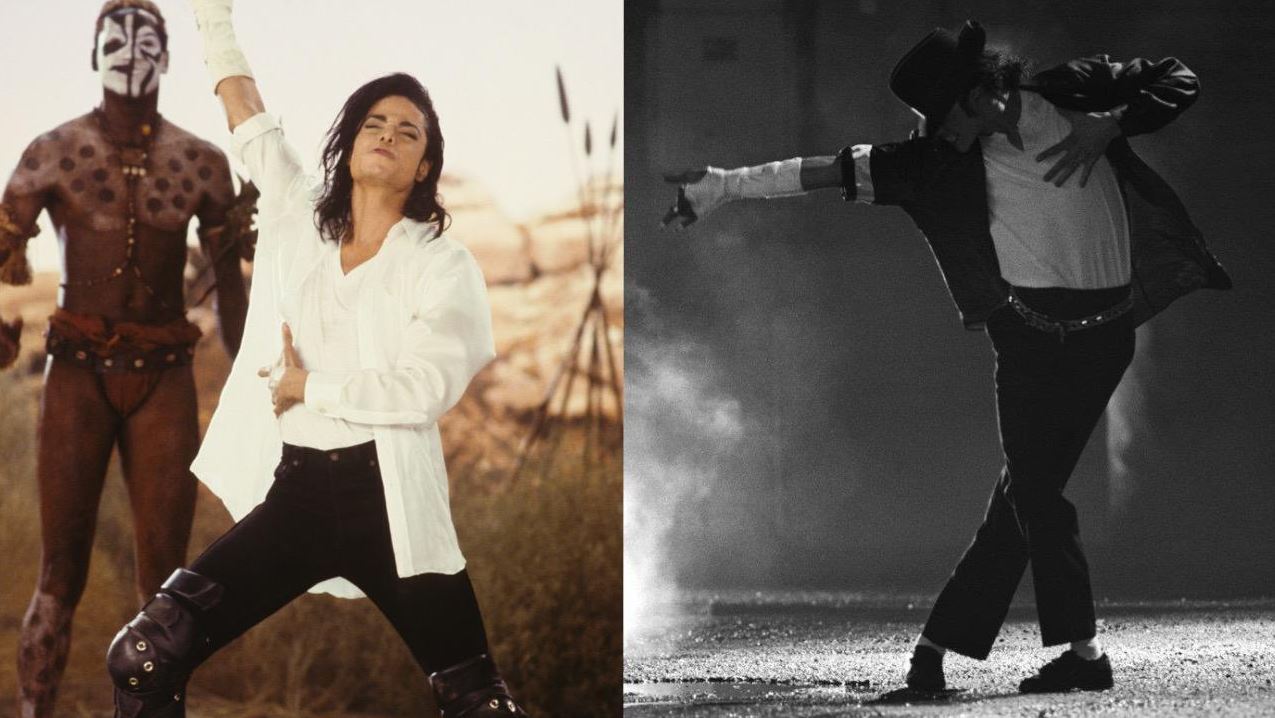
“In the Closet” features Jackson in a series of sensual dance sequences with supermodel Naomi Campbell. The video is notable for its minimalist setting and intense choreography, which emphasized the song’s themes of secrecy and forbidden love. Its simplicity in setting contrasted sharply with its complex, emotionally charged dance moves, creating a powerful visual impact.
A collaboration with his sister Janet Jackson, “Scream” was released in 1995 and still holds the record for the most expensive music video ever made. Directed by Mark Romanek, the video’s aesthetics were heavily influenced by the frustrations and isolations felt by Michael and Janet. Featuring stark black and white visuals, the video was a departure from Michael’s previous colorful works and included futuristic and anti-gravitational settings that complemented the song’s aggressive lyrics and tone. It earned a Grammy Award and remains a testament to Michael’s relentless innovation in the realm of music videos.
Michael Jackson’s contributions throughout these decades were not merely artistic—they were transformative milestones that forever changed how music videos were made and perceived, blending art with a deep understanding of popular culture’s nuances.
| Video | Technological Innovation | Storytelling/Narrative | Cultural Impact |
|---|---|---|---|
| Black or White (1991) | Extensive use of morphing technology to transform faces of different ethnic backgrounds, showcasing cutting-edge visual effects. | A musical plea for racial harmony, highlighted by the seamless morphing effect aligning with the song’s message of unity. | Memorable for its innovative use of technology and its strong message, reinforcing music videos as a medium for social commentary. |
| Remember the Time | Elaborate sets and intricate costumes to create a visually stunning ancient Egyptian setting. | Features a narrative about a queen reminiscing about a past lover, incorporating star-studded cast and complex dance sequences. | Pushed the boundaries of music video production values and narrative depth, creating a mini-epic that was both entertaining and artistic. |
| In the Closet | Minimalist setting contrasted with intense, emotionally charged choreography. | Explores themes of secrecy and forbidden love through powerful dance sequences with Naomi Campbell. | Noted for its simplicity and emotional depth, focusing on performance to enhance the thematic expression of the song. |
| Scream (1995) | Futuristic and anti-gravitational settings, stark black and white visuals, highlighting advanced production techniques. | Collaboration with Janet Jackson, expressing frustrations and isolation, aligning with aggressive lyrics and tone. | Holds the record for the most expensive music video, a testament to Michael’s investment in pushing creative boundaries. |
Environmental and Political Themes
Michael Jackson not only captivated audiences with his music and dance but also used his platform to address pressing global issues. His videos “Earth Song” and “They Don’t Care About Us” stand out as powerful commentaries on environmental degradation and social injustice, respectively.
“Earth Song,” released in 1995, is one of Jackson’s most profound statements on the human impact on the environment. The video portrays a series of powerful images depicting environmental disaster—deforestation, overfishing, and air pollution—juxtaposed against scenes of animal cruelty and war. The climax reverses these horrors in a dramatic restoration of the natural world, symbolizing hope and renewal. This visual reversal not only emphasizes the song’s plea for environmental awareness but also showcases Jackson’s use of special effects to make a political statement. The song’s haunting melody and the impactful visuals leave a lasting impression of urgency and the need for ecological conservation, resonating with audiences worldwide and adding a significant layer to his artistic legacy.
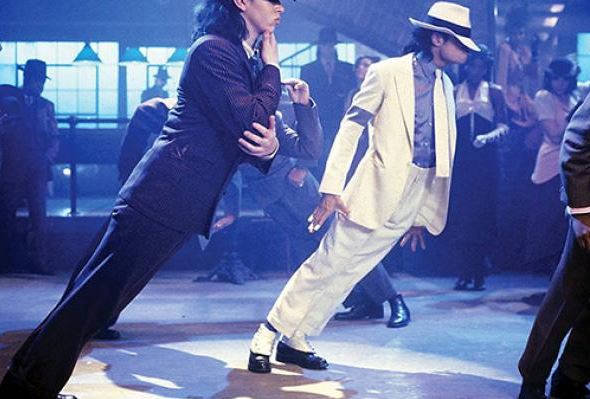
In “They Don’t Care About Us,” Jackson tackled issues of racism and police brutality, themes that were both personal and political. The video, which comes in two versions—one shot in a Brazilian favela and the other in a prison—uses powerful imagery and lyrics to highlight the systemic oppression faced by marginalized communities. The prison version mixes footage of Jackson with clips of various human rights violations across the globe, making a bold statement about global injustice and oppression. The favela version, directed by Spike Lee, features Jackson dancing with residents of the Santa Marta community, integrating his message with the vibrant culture and struggles of the people. Both versions of the video faced controversy but ultimately were praised for their unflinching commentary on social issues.
| Video | Themes | Visual Techniques | Cultural Impact |
|---|---|---|---|
| Earth Song (1995) | Environmental degradation, animal cruelty, war | Powerful imagery depicting environmental disasters, climax features a dramatic restoration of nature using special effects. | Emphasized the urgency of ecological conservation, resonated globally, adding a significant layer to Jackson’s artistic legacy. |
| They Don’t Care About Us | Racism, police brutality, systemic oppression | Two versions: one in a Brazilian favela, another in a prison. Both use intense imagery and choreography to highlight social issues. | Sparked controversy but praised for bold commentary on social injustice, contributing to discussions on human rights. |
Later Works and Legacy
As the world moved into the new millennium, Michael Jackson continued to innovate and captivate. His work in the 2000s, particularly with the video “You Rock My World,” showcased his ability to blend classic Jackson-style elements with new-age cinema aesthetics.
Released in 2001, “You Rock My World” features a narrative style video with a high-profile Hollywood cast, including Chris Tucker and Marlon Brando. The video, which unfolds like a mini-movie, includes a storyline involving rivalry and romance in a nightclub setting. Jackson’s performance, combined with his interactions with Tucker, brings a comedic yet sharp edge to the video, reflecting his ability to adapt to the evolving tastes of his audience. The presence of cinematic legends like Brando added gravitas to the production, highlighting Jackson’s influence and reach across entertainment mediums.
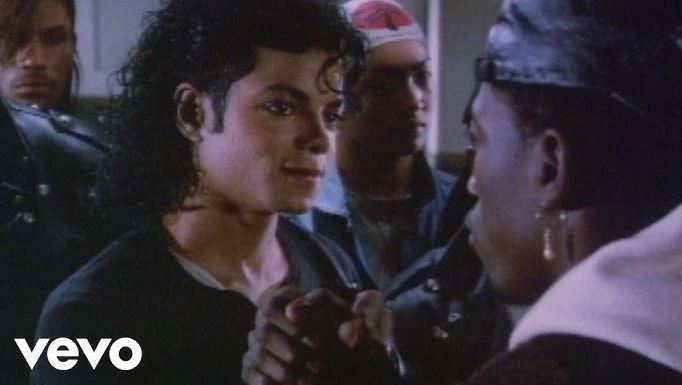
Jackson’s untimely death in 2009 did not mark the end of his influence or the release of new content. Posthumously, his work continued to be celebrated and released, adding new layers to his legacy. The release of the documentary “This Is It,” which features rehearsal footage for what would have been his comeback tour, provided a poignant look at his dedication and passion for his craft. Additionally, other posthumous projects, such as the release of previously unreleased tracks and the Cirque du Soleil show “Michael Jackson: One,” demonstrate how his innovative spirit lives on. These productions combine Jackson’s music and thematic content with contemporary performance art, ensuring his influence persists in new and evolving artistic formats.
Jackson’s later works and the careful stewardship of his legacy after his death demonstrate the enduring appeal and relevance of his artistry. Whether addressing social issues, innovating with new technologies in music video production, or inspiring theatrical performances, Michael Jackson remains a pivotal figure in the landscape of global pop culture. His commitment to making a difference through his music and videos ensures that his legacy of innovation and advocacy continues to influence artists and audiences alike.
| Period/Work | Details | Impact |
|---|---|---|
| You Rock My World (2001) | Narrative style video featuring a high-profile cast including Chris Tucker and Marlon Brando, set in a nightclub with themes of rivalry and romance. | Reflected Jackson’s ability to blend classic elements with new cinema aesthetics, showcasing his adaptability to evolving audience tastes. |
| This Is It (2009) | A documentary featuring rehearsal footage for what would have been his comeback tour, offering a behind-the-scenes look at his preparation and dedication. | Provided a poignant glimpse into Jackson’s artistic process and dedication, strengthening his legacy and inspiring fans and artists. |
| Posthumous Projects | Includes the release of previously unreleased tracks and the Cirque du Soleil show “Michael Jackson: One,” blending his music with contemporary performance art. | Demonstrates how Jackson’s innovative spirit continues through new artistic formats, ensuring his influence persists in global pop culture. |
Achievements and Awards
Michael Jackson’s career was marked by unprecedented achievements and numerous awards, particularly in the realm of music videos, which helped cement his status as a global icon. His innovative approach not only transformed music video production but also set new benchmarks for artistic excellence.
Jackson’s “Thriller,” arguably the most famous music video of all time, was recognized by the Guinness World Records as the “Most Successful Music Video,” selling over nine million copies. This short film was a pivotal moment in music video history, merging filmmaking with music to create a storytelling phenomenon that captivated millions. Jackson’s knack for groundbreaking visual effects and dance sequences continued to set records throughout his career.
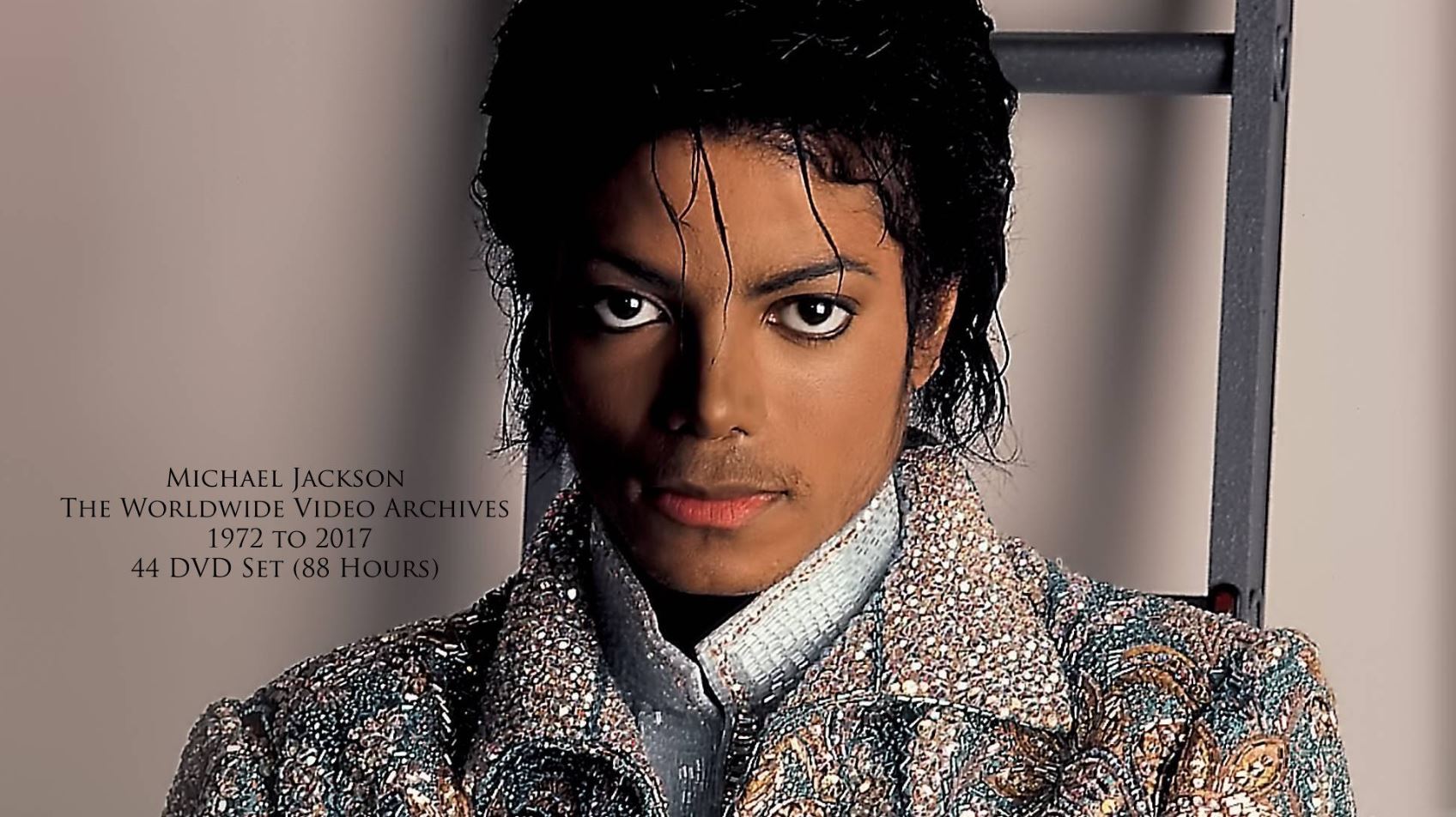
Other notable accolades include multiple Grammy Awards, with the “Leave Me Alone” video winning the Grammy for Best Music Video, Short Form in 1989. His pioneering use of technology and narrative in “Scream” helped it garner eleven MTV Video Music Award nominations, making it the most nominated video in the history of the VMAs at the time. The video won the Grammy for Best Music Video, Short Form in 1996, further showcasing Jackson’s impact on music video artistry.
Jackson also received the MTV Video Vanguard Award, which was later renamed the Michael Jackson Video Vanguard Award in his honor, highlighting his profound influence on the music video industry. This accolade is given to artists who have significantly shaped the medium and is a testament to Jackson’s lasting legacy in music video innovation.
| Award/Accolade | Details | Significance |
|---|---|---|
| Guinness World Records – Most Successful Music Video | “Thriller” recognized as the most successful music video, selling over nine million copies. | Set a benchmark for music video production by merging filmmaking with music, creating a global storytelling phenomenon. |
| Grammy Awards | “Leave Me Alone” won Best Music Video, Short Form in 1989. “Scream” won the same award in 1996. | Recognized for pioneering use of technology and narrative in music videos, setting new artistic standards. |
| MTV Video Music Awards | “Scream” received eleven nominations, making it the most nominated video at the VMAs at the time. | Highlighted Jackson’s impact and innovation in the music video industry, showcasing his continual influence on visual media. |
| MTV Video Vanguard Award | Rewarded for lifetime achievement in music video production; renamed the Michael Jackson Video Vanguard Award in his honor. | Signifies Jackson’s profound influence on the music video industry and his lasting legacy as a pioneer of the medium. |
Reflecting on Michael Jackson’s enduring impact on the music video industry reveals a legacy of relentless innovation and creative brilliance. His videos were more than just promotional tools; they were cultural events that pushed the boundaries of what music videos could be. From his early work in the late 1970s to his more complex productions in the 1990s and beyond, Jackson utilized music videos as a platform for artistic expression and technical innovation, influencing not only the music industry but also popular culture at large.
Jackson’s approach to music videos helped to elevate the medium to a form of high art. He introduced narrative depth, cinematic techniques, and state-of-the-art effects that became standard expectations for what music videos could achieve. The elaborate choreography and storytelling seen in “Thriller,” “Bad,” and “Smooth Criminal” inspired a generation of artists to view music videos as a vital part of their artistic output, not just as marketing afterthoughts.
His influence extends beyond the technical aspects of video production; it also encompasses how music videos could be used to address social issues. Videos like “Earth Song” and “They Don’t Care About Us” demonstrate how powerful the platform can be for making strong statements about global issues, paving the way for artists to use their voice for advocacy through visual media.
As we look to the future, the path that Jackson charted continues to influence new generations of artists who aspire to innovate within the realm of music video production. His pioneering spirit and unwavering commitment to excellence remain the gold standard for what can be achieved in the format. Michael Jackson not only transformed the music video landscape but also ensured that it would be a vibrant field of artistic endeavor for future talents. His legacy is not merely in the records he set or the awards he won, but in his profound impact on the visual and cultural fabric of music entertainment. His visionary approach to music videos has left an indelible mark on the industry, securing his place as one of the most influential artists in the history of popular music.

